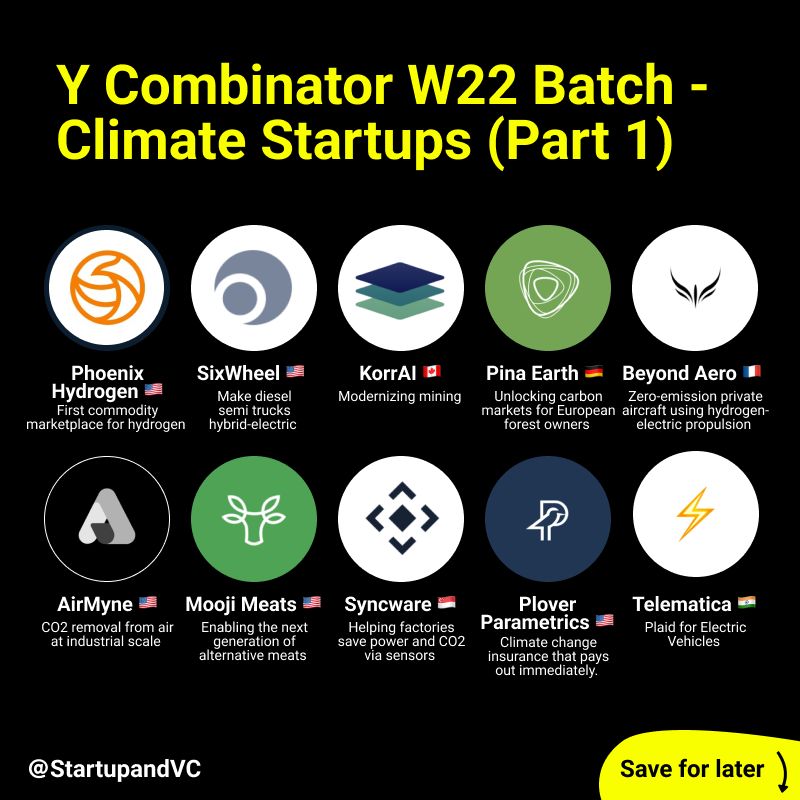Businesses trying to revolutionize the alternative meat industry through 3D printing attracted hundreds of millions of dollars in funding in the last ten years, growing from just a few companies to dozens in the same time frame. One of the newcomers in the race to recreate meat sustainably is Y Combinator-backed startup Mooji Meats. Based out of Baltimore, Maryland, this developer of meat alternatives leverages its own advanced 3D printing process and has just raised $3 million in an oversubscribed seed round the same year it launched to the world.
Led by technology startup accelerator Y Combinator, the round included participation from food tech VC firms AgFunder, Lever, Lifely, Good Startup, Clear Current Capital, Siddhi Capital, and other investors like Collaborative Fund, FoodHack, and several angel backers. The startup said the funds would go towards enabling the next generation of alternative meats.
As one of the world’s leading start-up accelerators, Y Combinator has backed unicorns like Airbnb, Reddit, Coinbase, Stripe, DoorDash, and GitLab. Today Mooji Meats is part of Y Combinator’s Winter 2022 batch, which was presented during the 34th Demo Day along with 413 other startups from 42 countries, representing more than 80 sectors.

Y Combinator Winter 2022 batch, climate startups includes Mooji Meats. Image courtesy of Mooji Meats via LinkedIn.
Founded by software engineer Insa Mohr and Johns Hopkins University professor Jochen Mueller, Mooji leverages new printing technologies developed by Harvard University‘s Faculty of Arts and Sciences engineering school SEAS (John A. Paulson School of Engineering and Applied Sciences) to create what it calls “meat 2.0.” This is basically the next generation of ethical and sustainable meat, which does not require farming and butchering livestock.
Both founders studied at Harvard University. Mohr finished her master’s degree in information technology, and Mueller did his postdoc work to texture plant-based meat and cultured meat at Harvard SEAS, worked at the research lab of microscale 3D printing pioneer Jennifer Lewis and became a research fellow at the acclaimed Wyss Institute for Biologically Inspired Engineering. Through their combined experience, it’s easy to see why they would turn to 3D printing technology to channel their interest in alternative meats.
According to Y Combinator, by building a system that utilizes this new technology, which can print with hundreds of nozzles simultaneously, Mooji can create alternative meats quickly, inexpensively, and at scale while closing the gap in taste, look, feel, nutrition, and cost between meat mimics and real meat. Tapping into this $1 trillion market opportunity is the ultimate goal for the founding duo.
Still in its early stages, the team plans to develop the first meat prototype within the next six months, hoping to bring its printers to market in the next year and a half. Just two weeks ago, Mooji was “graduating” from Y Combinator, and today the startup has already received millions of dollars in funding and has staged a plan for the future of its product.
Although we tend to hear about startups focusing on either plant-based or cultured meats, we rarely get to learn about a company tackling the two simultaneously. But for Mooji Meats, the core of the business is the technology; whether it’s used for plants or cells is not the issue.
The gist of their proposal is centered around creating whole cuts instead of ground meats to compete with the real meat industry in the long term. In the last few years, 3DPrint.com has followed competing brands through this path, including Redefine Meat, Novameat, and even Plantish with its alternative whole-cut fish filets. But there’s nothing like a bit of competition to get this new industry up and running.
Mooji Meats considers its proprietary process to yield best-in-class textures for an “authentic mouthfeel,” which industry experts deem to be one of the toughest challenges that newcomers face. Recreating that full, savory feel of eating meat needs to be at the top of the list for companies trying to sell an alternative to traditionally sourced meat.
But other than texture, Mooji has also focused on creating a solution that will allow for high throughput, suitable for mass production, while costing less than one-fifth of comparable processes. Clearly, the future of this industry is texture, scalability, and cost, but if Mooji has all three of these qualities down already, then we can’t wait to see what they will launch next.
Subscribe to Our Email Newsletter
Stay up-to-date on all the latest news from the 3D printing industry and receive information and offers from third party vendors.
You May Also Like
Gorilla Sports GE’s First 3D Printed Titanium Cast
How do you help a gorilla with a broken arm? Sounds like the start of a bad joke a zookeeper might tell, but it’s an actual dilemma recently faced by...
Nylon 3D Printed Parts Made More Functional with Coatings & Colors
Parts 3D printed from polyamide (PA, Nylon) 12 using powder bed fusion (PBF) are a mainstay in the additive manufacturing (AM) industry. While post-finishing processes have improved the porosity of...
$25M to Back Sintavia’s Largest Expansion of Metal 3D Printing Capacity Since 2019
Sintavia, the digital manufacturing company specializing in mission-critical parts for strategic sectors, announced a $25 million investment to increase its production capacity, the largest expansion to its operations since 2019....
Velo3D Initiates Public Offering in a Bid to Strengthen Financial Foundations and Drive Future Growth
Velo3D (NYSE: VLD) has been among a number of publicly traded 3D printing firms that have attempted to weather the current macroeconomic climate. After posting a challenging financial report for 2023,...

































